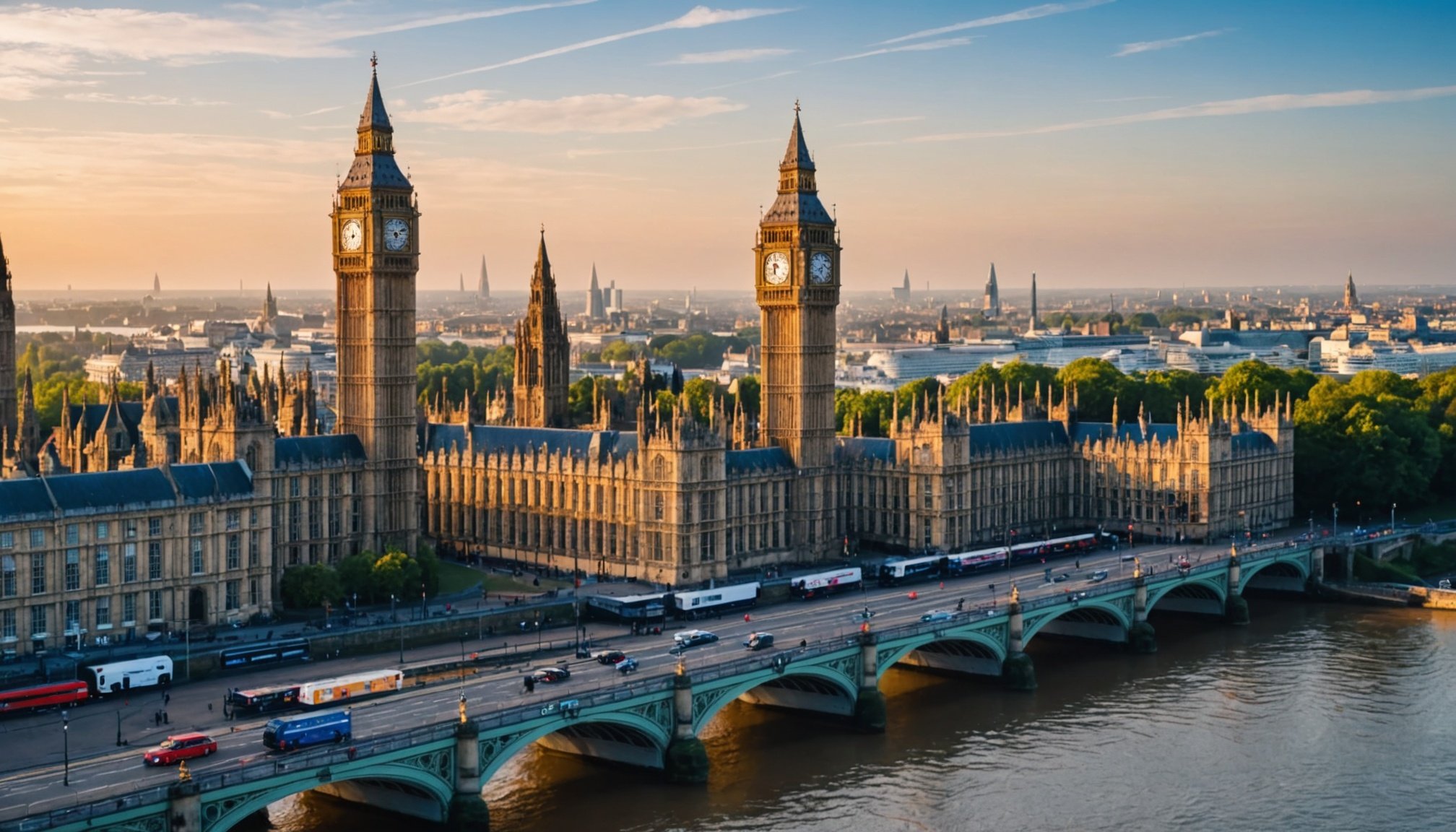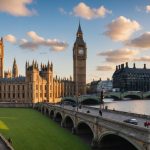Key Drivers of Change in UK Tourism
The transformation of the tourism industry in the UK is being propelled by several intertwined factors. Economic shifts, especially post-Brexit, play a critical role in shaping UK tourism trends. Changes in exchange rates and trade policies influence both inbound and outbound travel patterns, affecting demand and destination preferences.
Technological innovation is another powerful driver. Advances such as AI-powered booking systems and immersive virtual experiences are reshaping how travelers plan and engage with destinations. These tools serve to enhance convenience and personalization, directly altering consumer expectations.
This might interest you : Is the UK Still the Ultimate Tourist Destination for 2024?
Social influences, including evolving traveler behavior, are equally significant. Modern visitors prioritize sustainability and authentic experiences, prompting the tourism industry to adopt more responsible practices and unique offerings. This shift compels businesses to innovate continually to meet higher standards.
Government tourism policies are vital in guiding industry adaptation. Funding support, visa regulations, and marketing initiatives directly affect tourism flow and infrastructure development. Together, these factors form a complex web of influences that define the current and future trajectory of UK tourism trends and tourism innovation.
This might interest you : Exploring the UK’s Must-See Landmarks: What Are Some Hidden Gems?
Innovations Reshaping the Tourism Landscape
The tourism technology UK sector is undergoing rapid transformation, fueled by advances in AI in tourism. Artificial intelligence streamlines operations such as customer service chatbots, personalized travel recommendations, and dynamic pricing models. These innovations enhance traveler experience by providing tailored options while improving efficiency for providers.
Simultaneously, the rise of digital transformation is evident in the surge of digital booking platforms that simplify travel arrangements. From flights to accommodations, travelers increasingly rely on seamless online interfaces, saving time and reducing friction. Moreover, immersive virtual experiences powered by augmented and virtual reality allow potential visitors to preview destinations, stimulating interest and helping them make informed choices.
Another pivotal trend is the integration of sustainable tourism UK initiatives. Growing awareness of environmental impact has driven tourism businesses to adopt eco-friendly practices—from energy-efficient accommodations to promoting local culture and conservation efforts. These sustainable efforts not only minimize harm but also enrich visitor experiences by aligning with ethical travel values.
Together, AI, digital innovations, and sustainability initiatives are revolutionizing the UK tourism landscape, creating a smarter, greener, and more engaging environment for travelers and operators alike.
Post-Pandemic Recovery and Shifting Travel Patterns
The post-pandemic travel UK landscape has seen a significant rise in domestic tourism. Many travelers are opting for staycations, reflecting new preferences for familiar, accessible destinations. This shift is driving changes in UK domestic tourism trends, with rural and coastal areas benefiting from increased visitor numbers as people seek safer, less crowded environments.
International visitor patterns have changed notably. Travel restrictions and quarantine mandates have limited usual overseas traffic, leading to a slower recovery in international arrivals. These dynamics underscore the importance of understanding how borders opening and closing impact tourism flows and the economy.
To adapt, the UK’s tourism sector has embraced safe travel practices as standard. Enhanced health and safety protocols, such as frequent sanitisation and contactless services, are now integral to tourism recovery in the UK. These measures boost traveler confidence, proving essential for rebuilding the industry post-COVID.
Together, these factors illustrate a complex but promising phase of tourism recovery UK, where adaptability and safety remain central. Staying informed of evolving guidelines helps tourists plan effectively, ensuring enjoyable and secure experiences within the UK.
Projections and Expert Forecasts for UK Tourism
Experts analyzing UK tourism future predictions consistently highlight a cautiously optimistic outlook. Industry reports underscore a rebound driven by pent-up travel demand and evolving consumer preferences. Yet, uncertainties like economic shifts and global events complicate precise forecasting.
Leading industry forecasts suggest growth will be uneven but steady. For example, urban destinations and cultural hotspots are expected to attract increased interest as travelers seek immersive experiences. Conversely, some regions might lag if they do not adapt to changing visitor expectations or invest in infrastructure.
Expert analysis tourism points to sustainability as a critical theme shaping the future. Stakeholders are advised to align with eco-friendly policies and practices. This direction not only meets growing consumer demand but also anticipates regulatory frameworks encouraging greener operations.
Potential policy interventions may include incentives for sustainable tourism initiatives and support for digital transformation, enhancing visitor engagement. These market opportunities could redefine competitive advantages in the sector.
Overall, while challenges remain, such as fluctuating exchange rates and post-pandemic recovery, combining data-driven forecasts with expert insights offers a well-rounded perspective on what lies ahead for UK tourism stakeholders seeking adaptive strategies.
Visual Insights: Trends and Transformation in UK Tourism
Visualising tourism statistics UK offers a straightforward means to grasp the sector’s evolving landscape. Recent data visualisation tourism efforts reveal dynamic patterns, highlighting recovery trajectories post-pandemic and shifts in visitor demographics. Infographics focusing on travel trends infographics uncover growing preferences for domestic tourism, with urban and coastal destinations gaining renewed interest.
Key performance indicators, such as visitor numbers, average spend, and length of stay, are integral in these visual summaries. For example, summary tables demonstrate a steady increase in international visitors, particularly from Europe, while domestic tourism maintains robust growth, indicating a dual recovery pathway. Visual tools also display seasonal fluctuations, showing peak periods aligning with school holidays and major events.
Moreover, data visualisation tourism aids in identifying emerging market segments, such as eco-conscious travellers and experience seekers, enabling stakeholders to target campaigns effectively. Travel trends infographics succinctly present these nuanced shifts, making complex datasets accessible to decision-makers and the public alike. By leveraging such insights, the industry can anticipate demand, tailor services, and sustain growth within the competitive UK tourism landscape.






